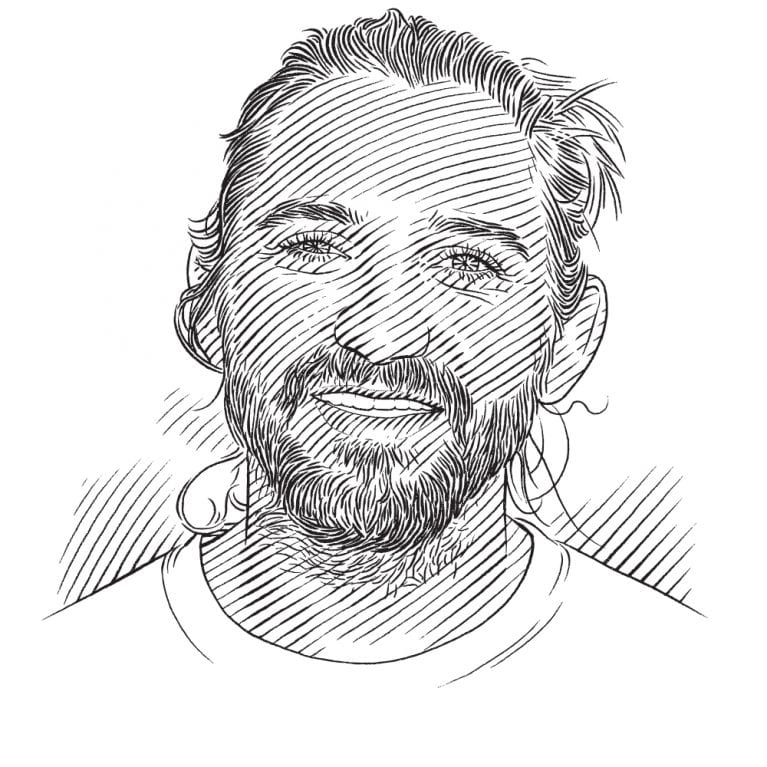Matthew Smukall (PhD)

Who I am
I am a fisheries ecologist and avid outdoorsman. I grew up in rural Central Florida, spending much of my childhood at the local beaches and coastal rivers. With a mother who was a marine biology teacher, my interest in marine sciences was fostered at an early age.
I attended the University of Florida for my undergraduate and Master’s degrees in the wildlife and fisheries programmes. A desire for new scenery and wild places took me to Alaska, where I pursued a career as a fisheries biologist. I worked on several research grants monitoring salmon populations and the effects of invasive northern pike in South-Central Alaska. However, my true passion was working with sharks and rays. This led me to volunteer at the Bimini Shark Lab and a meeting with its founder, Dr Samuel Gruber. Former station director Dr Tristan Guttridge and Dr Gruber agreed to take me on as a PhD student conducting field work in Bimini for my dissertation. I enrolled at the University of Alaska Fairbanks College of Fisheries and Ocean Sciences with major advisor Dr Andrew Seitz. While my course work is based in Alaska, I am fortunate to spend the majority of my time on beautiful Bimini, Bahamas.
Where I work
The Bimini Shark Lab is a small rustic structure on the island of South Bimini in The Bahamas, approximately 50 miles (80 kilometres) to the east of Miami, Florida. The Bahamas has been established as a shark sanctuary, protecting all sharks within its territorial waters from harvest or targeted capture. Bimini is positioned along the western edge of the Great Bahama Bank, with the deep waters of the Gulf Stream to the west and shallow sea-grass and sand flats to the east. This area is thought to serve as a regional pupping ground for tiger sharks. For more than three decades, the Bimini Shark Lab has monitored local shark population with fisheries-independent long-line surveys. This area has a healthy and potentially increasing population of tiger sharks across all life stages, providing an ideal location to study the ecology and movement of this highly mobile apex predator.
What I do
While I am heavily involved in numerous research projects at the Shark Lab, my primary research focuses on the ecology and movement of tiger sharks in the western Bahamas. Large females are frequently caught in late winter and spring, with young-of-year tiger sharks present throughout the year, suggesting that this area may be an important primary or secondary nursery ground. Although acoustic telemetry is providing information about the habitat use of juvenile and adult sharks, there are large gaps in the coverage of acoustic receivers in the area. Satellite telemetry is therefore needed to understand the movements of pregnant females at a regional scale. Recently, ultrasonography has been used to confirm the reproductive state of females, and satellite tracks are helping us to determine their location at the time of anticipated pupping. Bimini is serving as an ideal study site to better understand the movements, ontogenetic shifts in trophic position and habitat use, reproductive cycle and ecological role of this large marine apex predator. Stable isotope analysis, body condition indexes and fatty acid profiles provide insight into the foraging and subsequent health of this species across multiple life stages. This information is important for understanding the ecological role of tiger sharks across various size classes, as well as the importance of this species to healthy oceans.
